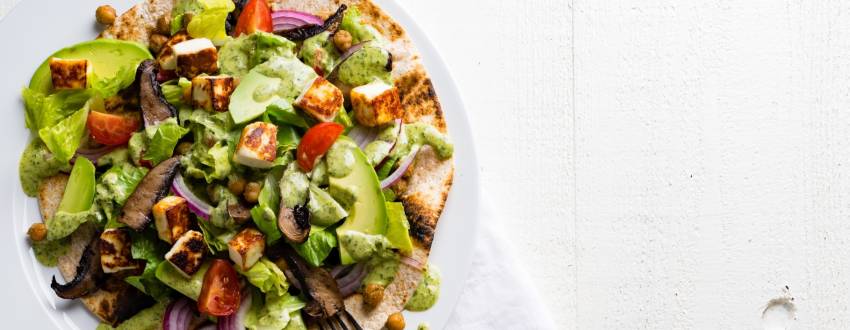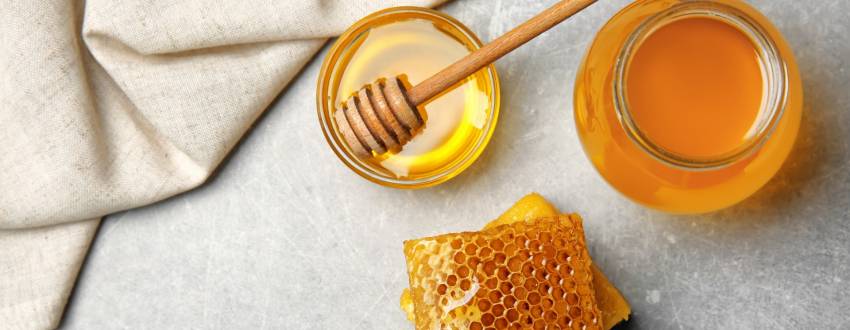Wondering if it’s worthwhile to cook ahead for Yom Tov? Does your defrosted food come out waterlogged or freezer-burned? Naomi Nachman has your back with tips, tricks, and instructions to make sure you can maximize your freezer space. Naomi has been a Passover caterer for 19 years, and has an amazing Passover cookbook, Perfect for Pesach that is an absolute must to own!
If your freezer is filled only with food you bought in the freezer aisle, just know, it doesn’t have to be that way. Think about future you for a second, and realize how much she would appreciate crossing some dishes off her to-do list!
Should frozen meats (slow-cooked, in sauce) be reheated frozen or defrosted?
Either way works. Meats can either be defrosted and reheated, or go directly from the freezer into the oven set at a lower temperature. Any meat slow-cooked in sauce reheats really well, whether it goes straight from the freezer to the oven or from the fridge to the oven or from the counter to the oven, as long as there is enough sauce. I always reheat on low heat so the meat doesn’t dry out, but this type of dish is basically indestructible.
Should kugels be reheated frozen? Raw? Defrosted? Covered or uncovered?
Kugel should go from freezer to oven; first, for 30 minutes covered, and then uncovered, in a low and slow oven, 275–300 degrees Fahrenheit (145–150 degrees Celsius).
Should foods that were fried (such as wontons) be reheated frozen or defrosted? Uncovered? At what temperature?
I prepare and then freeze, uncooked, between sheets of parchment paper. I defrost to room temperature and then fry them fresh. Fried and then frozen and then reheated is just plain old gross. So, I prepare them beforehand and then transfer straight into the oven, frozen, uncovered at 400 degrees Fahrenheit. But I won’t cook and then freeze and then reheat foods that are fried.
Can (bone-in) chicken be reheated? Can it be frozen? If so, how do you reheat it?
Chicken in lots of sauce can be frozen and then reheated, no problem. You can defrost it and then put it in the oven covered for a short while and then uncover it to crisp it up or brown it. If it doesn’t have a lot of sauce, I spice it all up, freeze it raw, and then defrost it and cook it fresh when I want to eat it.
Is it ever possible to reheat medium-rare roasts or steaks?
It is never a good idea to reheat medium-rate roasts or steaks. They will always overbake. I advise against it. If you need to prepare something in advance, just choose another cut of meat. If there is a way, then let me know — I’d be interested in hearing!
Is it possible to reheat white-meat chicken?
I don’t think so, because I personally think it really dries out. You can reheat boneless chicken thighs, but white meat chicken just gets really dry.
Is there a way to reheat roasted vegetables?
Oh, no. It doesn’t work. They just get soggy and mushy. We can talk all about preparing again, but reheating roasted vegetables…? If someone does it, please let me know how.
How do you reheat dishes cooked in puff-pastry dough?
Not a problem; they can even go straight from freezer to oven. Always reheat with parchment paper underneath so it doesn’t get soggy and stick to the pan. I always reheat on a proper baking sheet — never a disposable. Good solid tough ones are the best.
How do you reheat chocolate lava cakes?
I prepare the whole thing, freeze it unbaked, and then when I’m ready to serve it, I defrost it to room temperature and bake it fresh, because otherwise it’ll be overcooked.
If I want medium-rare meat to be ready for the meal, how should I cook it? How does it differ between Shabbat and Yom Tov?
During the week, I make it right before I want to eat it. I don’t do any prep ahead. I might season it in the morning and put in the fridge. You must bring it to room temperature before cooking it.
It is very hard to get that perfect medium-rare for Friday night. If you want it medium-rare, you have to babysit it. Cook it to rare and then put it on a really slow oven and then watch it, because you’re putting it in the oven before candle-lighting, and then, between the fish and the soup and the dips, you won’t get to the main course until hours later, so it will surely overcook.
For Shabbos day medium-rare meat, I have a great recipe for London Broil (using the thin London Broil) that I serve at room temperature. It works with basically any recipe, you just have to grill it for a couple of minutes on each side and use a thermometer to check the internal temperature; then just bring it to room temperature when serving on Shabbos. I don’t put it on the blech because it will for sure overcook.
For Yom Tov, I cook my medium-rare meat fresh on the day that I serve it.





